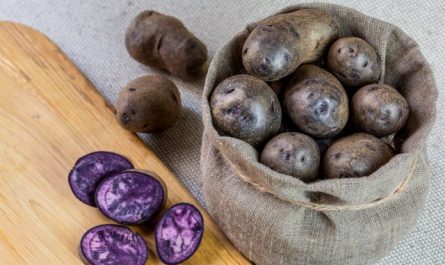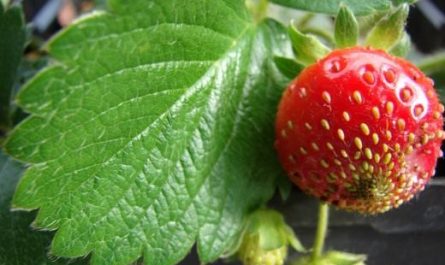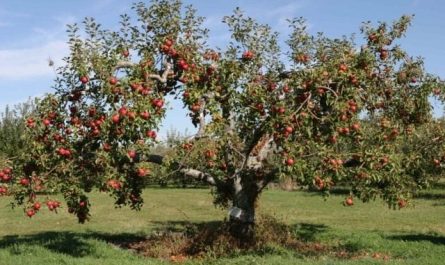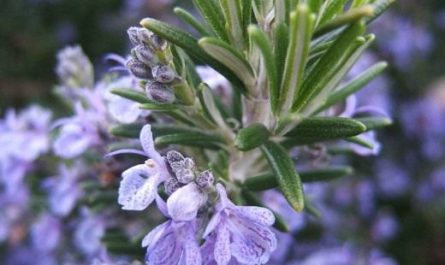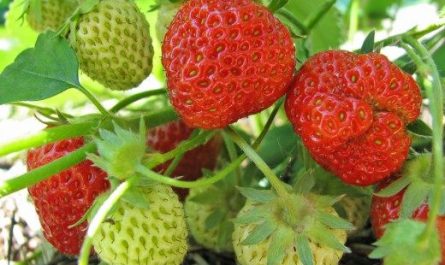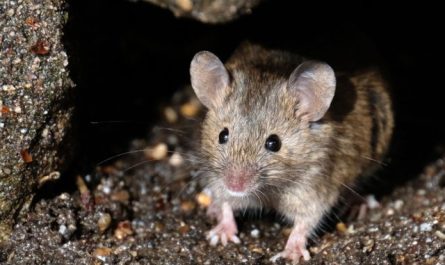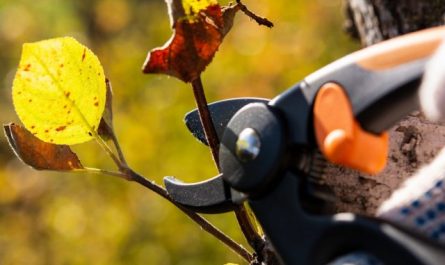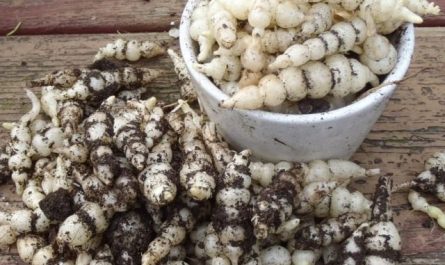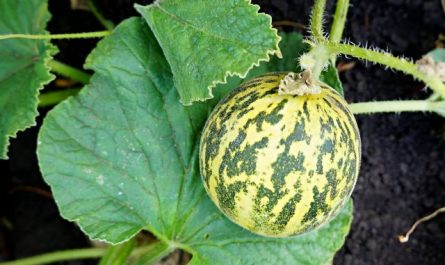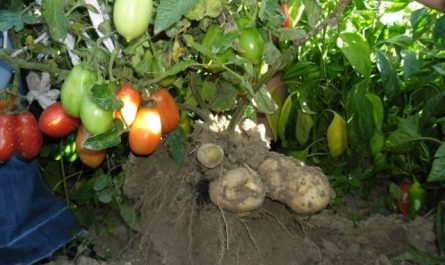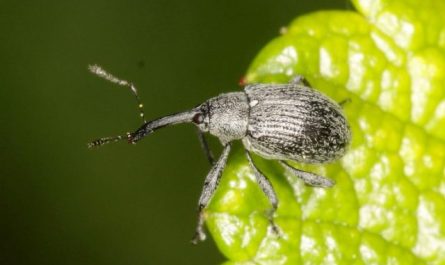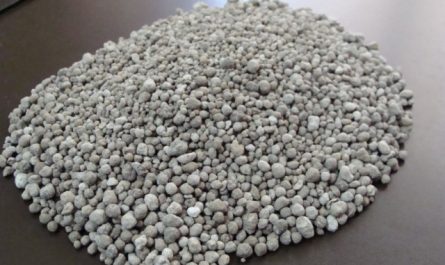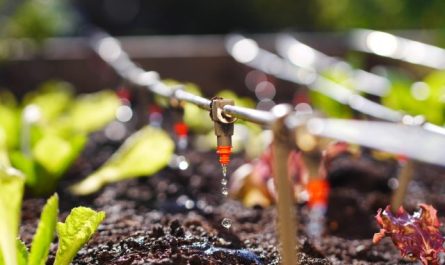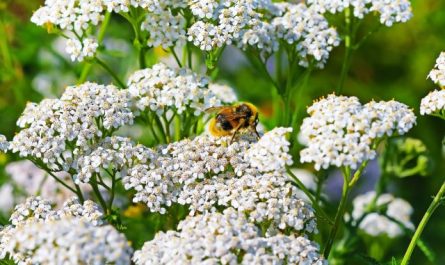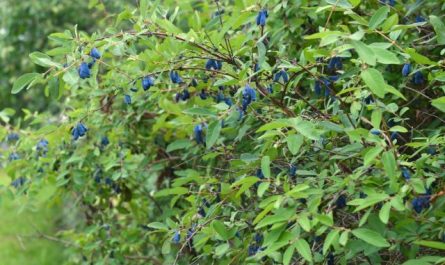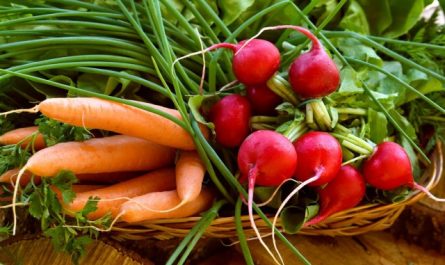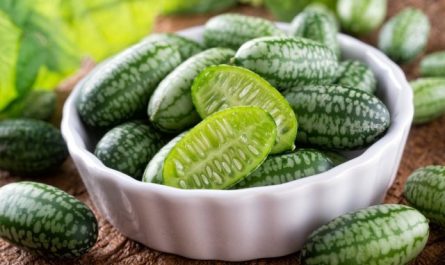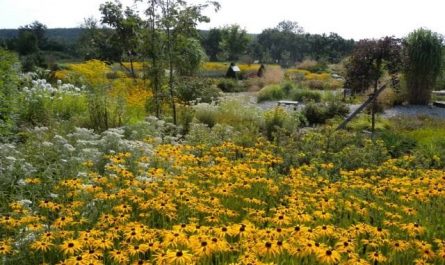Exotic juicy fruits with unusual seeds, large bright leaves, unpretentiousness in care make the pawpaw, which is still exotic for us, a very interesting woody plant. The banana tree pawpaw can be grown in open ground only in the southern regions, although for the sake of experiment they are trying to plant this novelty in the Moscow region. Even in its homeland, no one perceives this American as a typical cultivated plant. Among overseas exotics, it stands out for its surprisingly docile nature and undemanding soils.
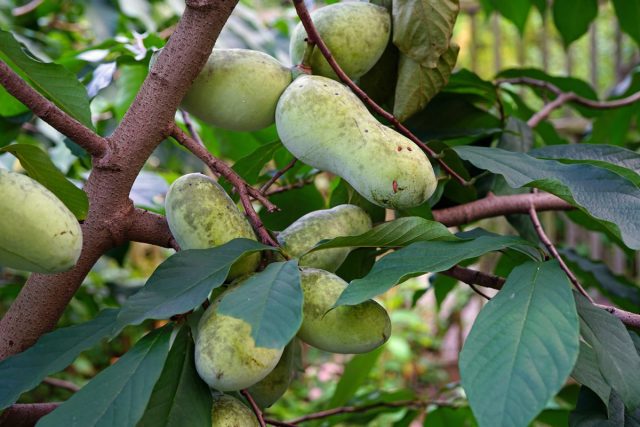
Description of the plant
The fact that pawpaw is a plant that is unusual for our climate is already revealed by its classification: it is an East and South American endemic. Annonaceae family (Annonaceae).
Botanical name the azimine (Asimina) received from the original Indian name of the plant. All over the world, due to its large fruits, it is better known as banana tree, Nebraska banana, prairie banana or pawpaw (bananas tree, prairie banana, pawpaw). У The pawpaw is sometimes mistakenly confused with the papaya, calling it the American papaya.
Asimina are deciduous, only in the tropics evergreen woody, less often shrubs from 2 to 4 m in height in garden culture and up to 12 m in their native land. In the absence of formation, it grows broadly pyramidal. The crown is evenly foliated even at a considerable age. Brown-gray, on young branches pubescent bark on strong, thick straight shoots contrasts perfectly with matte, delicately leathery, although very large, alternately arranged leaves from 20 to 35 cm long (with a width of 10 to 15 cm).
The petioles of the leaves are shortened and thickened. A thick, convex, light vein stands out against the background of a smooth, ovoid leaf with entire edges and an elongated, narrowed base. The color is bright, the underside of the leaves is pubescent.
Asiminas bloom at the same time as the leaves unfold, in their native land – in mid- and late spring. In Europe, banana trees usually bloom in May, for up to 20 days. Flower buds in the leaf axils are laid very early, in early April, but they tolerate spring frosts well thanks to a special protective shell.
The drooping bell-shaped flowers of pawpaw are very original, blooming singly or in small brushes of 2 to 8 pieces. They are large, from 4 to 6 cm, of regular shape, with six petals and six sepals. The three inner petals are smaller than the three outer ones. The wrinkled-veined texture and beautiful bend of the edges give the bells a whimsical look, as do the dense wedge-shaped stamens sitting densely on the peduncle. The color of the flowers varies depending on the variety from white to purple and almost brown.
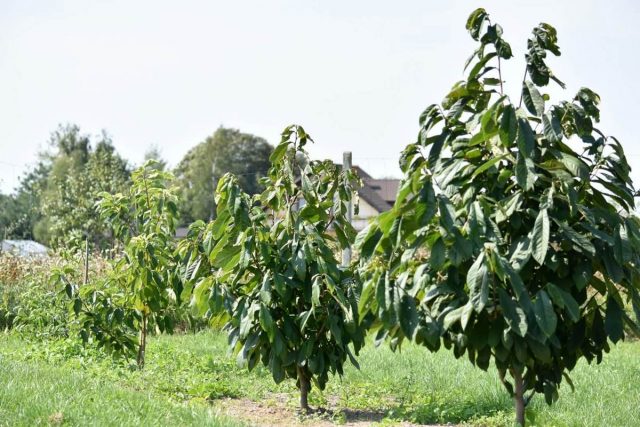
Pawpaw fruits
The first fruiting of pawpaw occurs at the age of 7-8 years. It is no coincidence that pawpaw fruits are considered the largest in the USA among edible species: with a length of 5 to more than 15 cm and half the diameter, they weigh from a modest 20-50 g to almost 0,5 kg. The harvest is always heterogeneous.
The elongated-cylindrical, curved, most often irregularly shaped, thick fruits sit on shortened stalks and surprise with an unusual smooth and thin, but dense skin, hiding a banana-shaped juicy-creamy pulp. Unripe pawpaw fruits look like giant blue-green beans, squash or a hybrid of banana and papaya. As they ripen, they become soft, and the color of the peel changes to yellow-brown. When overripe, a rather sharp smell appears. Usually the fruits ripen only by September-October, from setting to full maturity it takes at least 160 days.
The taste of pawpaw fruits is cloying, changeable, depending on the variety in sourness and sweetness, but always with a creamy banana texture and a banana-strawberry-pineapple-mango aroma. Inside the fruits are hidden thick-skinned seeds arranged in two rows up to 2,5 cm long.
Ripe fruits spoil very quickly; when picked hard, they ripen within 10-14 days. Pawpaw is eaten raw, frozen or canned for transportation and storage, and also used in desserts and baked goods (as an alternative to bananas).
Pawpaw is valued as a great alternative to most common fruits. In terms of protein content, it surpasses all known fruits and berries. It is also worth noting the high content of vitamin C and A, magnesium, calcium, potassium, iron, phosphorus, a unique set of essential oils and enzymes, making pawpaw one of the best dietary supplements for boosting immunity and maintaining youth. It is believed that pawpaw is a powerful antioxidant, protects the body from free radicals and stress.
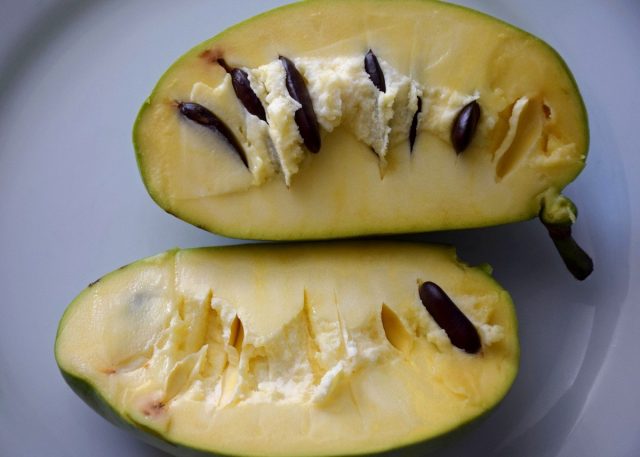
Types and varieties of pawpaw
Only one species of pawpaw is grown as a cultivated plant: Pawpaw three-lobed (Triloba). The varieties that can be found here include mainly cross-pollinated hybrids that can withstand -22…-29 degrees in winter:
- “Mitchell” (Mitchell) with a round crown and fruits weighing from 140 g with tender pulp with a pineapple-strawberry aroma;
- “Taylor” (Taylor) – a slow-growing variety (10-20 cm per year) with very sweet fruits;
- “Mango” (Mango) – a large-fruited variety with a mild mango flavor and orange flesh;
- “Marias Joy” (Maria’s Joy) with creamy-tender fruits weighing from 200 g and powerful bushes;
- “Davis” (Davis) with very large leaves, yellow skin of super-large fruits and increased frost resistance;
- “Summer Delight” (Summer Delight) – an early, large-fruited variety (from 230 g), with a refreshing taste and small seeds;
- “Sunflower” (Sunflower) with a banana-creamy delicate taste of large fruits with very large seeds;
- “Overlease” (overleese) with large, single, very sweet and aromatic fruits;
- “Prima 1216” (Great 1216) – a self-pollinating variety with a compact low crown, late flowering, and bright aroma;
- “Shenandoah” (Shenandoah) with a pyramidal crown and single fruits weighing from 260 g;
- “Aligeni” (Allegheny) – an early variety with a delicate citrus flavor and green, ripe peel.
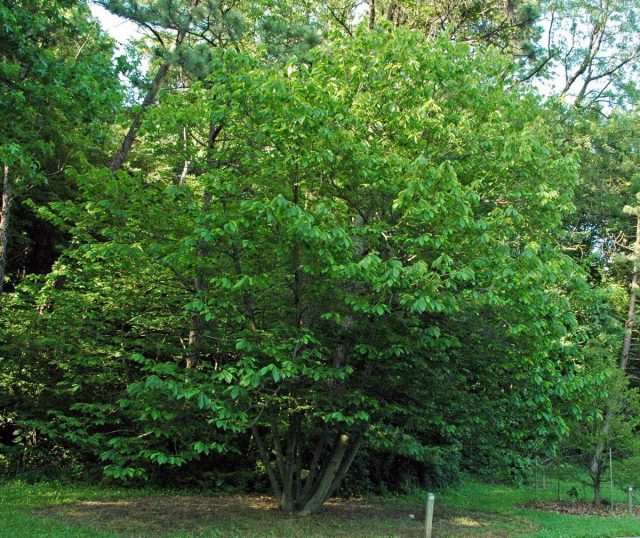
Prospects for growing pawpaw
Pawpaw can be grown in soil only in moderately warm climates. The plant is cultivated within zones 5-9, the most winter-hardy varieties can withstand frosts down to -28 degrees. But pawpaw is not a bush that even adults can simply bend over and cover securely. Due to the long ripening of the fruits, it requires at least 6 months of stable heat.
Pawpaw is grown in Italy, Spain and France, and has begun to be tested in the southern regions of Stavropol and Krasnodar Krais, in Orenburg and Kuban, in the south of Ukraine and Transcarpathia, in Kazakhstan and Georgia, on the southern coast of Crimea and even in botanical gardens in the Moscow region.
If in your climate planting pawpaw in the soil is out of the question, do not discard it as a container and greenhouse crop. As a fruit-bearing exotic, it is promising with wintering indoors, in winter gardens and greenhouses with heating in winter.
Conditions comfortable for pawpaws
Pawpaw grows literally on its own in the right climate, but requires more care the harsher the winter.
In nature, it grows in secluded places, but this plant is usually cultivated in sunny areas, protected from direct sunlight for the first 2-3 years after planting. Tubular plants are placed in diffused bright lighting. The optimal length of daylight during the ripening stage of fruits in summer is 14-16 hours, and at least 4 hours of direct sunlight. Warm places with protection from drafts are needed.
Soil nutrition is the key to success in growing pawpaw. Slightly acidic or neutral, loose, breathable soil with pre-added organic fertilizers, without the risk of stagnant water – that’s all that pawpaws need. Pawpaw grows better in light soil than in heavy soil, even on loams it is preferable to lay drainage and mix in stone chips, coarse sand, and fine expanded clay.
If you are going to grow a plant, then grow at least 2-3 specimens for cross-pollination (different varieties are possible). Artificial cross-pollination increases the number of fruits several times. Grafted seedlings in containers 2-3 years old are preferable.
In open soil, pawpaw is planted in deep, up to 70 cm wide and deep planting holes with a drainage layer at the bottom. The optimal distance is from 3 to 4 m. Pawpaw is planted, maintaining the depth level and the whole earth lump. After abundant watering, the soil must be mulched (peat, compost, bark or gravel are suitable for pawpaw).
When planting in a container (the largest pots and tubs), use transshipment, a universal substrate with high drainage at the bottom.

Subtleties of caring for pawpaw
Adult plants in the subtropics require almost no care. In a moderate climate, pawpaw needs watering with warm and soft water during the flowering period and the beginning of fruiting. For pawpaw, one early spring feeding with organic or complex fertilizers in a standard amount is enough.
Plants in tubs and greenhouses are watered regularly, preventing dampness and complete drying of the substrate. Pawpaws are fed from April to September every 2 weeks with organic or complex fertilizers, taking into account their effect on the benefits of the fruits.
Formation is carried out at will, before the sap starts to flow, remembering that the plant blooms on last year’s shoots and bears fruit more abundantly without intervention. Damaged, dry shoots of pawpaw should be cut off in early spring.
A thick layer of mulch must be maintained permanently. Without it, after any precipitation and watering, the soil must be loosened.
For the winter, seedlings must be covered until they are 3 years old, if possible, continuing the protection as long as the height allows. Hilling, covering with leaves, covering with non-woven materials and spruce branches (or other options for air-dry shelter) are also suitable. Container pawpaws are transferred to light rooms with a temperature of 2 to 6 degrees Celsius (the cold dormant period should be at least 3 weeks).
Pawpaw is resistant to diseases and pests, except rot.
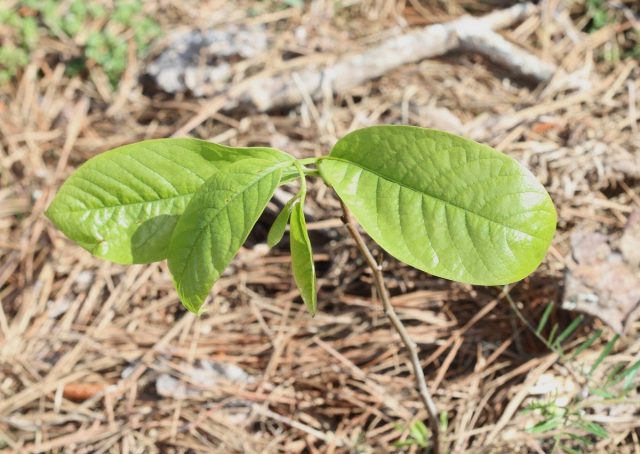
Reproduction of pawpaw
For fruiting and maintaining varietal characteristics, pawpaws need grafting (without it, plants do not always bloom and not earlier than the seventh year, with grafting – after 2-3 years). Independent reproduction is difficult.
In adult pawpaws, root suckers can be separated, but pawpaws are mainly grown from seeds with subsequent cleft grafting. Seeds are stratified for 3-4 months at a temperature of 0 to -5 degrees for sowing in April-May or sown before winter. Shoots appear in 2 months or later, by mid-summer. Shoots are extremely sensitive to transplantation, it is better to sow in a permanent place or directly into a tub (or completely preserve the earthen lump when transplanting).
